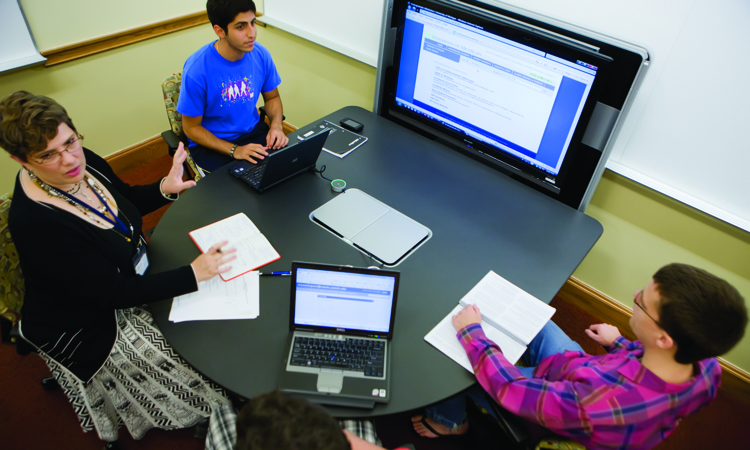- 21st Century Elamr. Becker's Classroom Center
- 21st Century Elamr. Becker's Classroom Login
- 21st Century Elmar. Becker's Classroom Lesson

Society for Information Technology & Teacher Education International Conference, in Nashville, Tennessee, USAISBN 978-1-880094-84-6Publisher: Association for the Advancement of Computing in Education (AACE), Waynesville, NC USA
Computers have typically been used for traditional methods of teaching (e.g., drill and practice and computer education-Becker, 1983; Becker, 1984); although the more recent data suggest that some teachers are using technology in more innovative ways (e.g., solve problems, conduct research- Becker, 1999; Fulton, 1997). Becker's offers school supplies and educational materials for daycares, preschools, and child care center.s Shop school supplies online here! 21st Century Building Set. Regular Price $221.99. Your Price $199.79. Self-Regulation Classroom Cruiser. Regular Price $810.99 $899.99. Your Price $729.89 $809.99. 21st Century ELA. Becker's Classroom 'If you want to improve, be content to be thought foolish and stupid' -Epictetus Welcome to Mr. Becker's Classroom Webpage. Welcome to my online classroom. This webpage will be updated throughout the school year to help you keep tabs on missing assignments, due dates, possible extra credit,.
Abstract
The potential of technology to realize 21st century pedagogies is recognized by many. In reality however teachers rarely utilize technology in their instructional practice. Are teachers not prepared for technology-enhanced teaching and learning in the 21sr century? Do their pedagogies not match with the affordances of technology? A competent teacher does not only need basic ICT knowledge and skills, but should also be able to blend subject matter knowledge with appropriate pedagogy and the affordances of ICT. The term Technological Pedagogical Content Knowledge (TPCK) is used to emphasize the interaction between these three domains. Many argue that TPCK is not enough for ICT integration, but that also teachers’ professional identity and disposition towards educational change is at stake.
Citation

Voogt, J. (2011). Teacher competencies for 21st century pedagogy. In M. Koehler & P. Mishra (Eds.), Proceedings of SITE 2011--Society for Information Technology & Teacher Education International Conference (pp. 1721-1726). Nashville, Tennessee, USA: Association for the Advancement of Computing in Education (AACE). Retrieved January 24, 2021 from https://www.learntechlib.org/primary/p/36545/.
Keywords

References
View References & Citations Map21st Century Elamr. Becker's Classroom Center
- Anderson, R. (2008). Implications of the information and knowledge society for education. In J. Voogt, & G. Knezek, (Eds.), International handbook of information technology in primary and secondary education (pp. 5-22).
- Christensen, R. & Knezek, G. (2008). Self-report measures and findings for information technology attitudes and competencies. In J. Voogt& G. Knezek (Eds.). International handbook of information technology in primary and secondary education, 397-417. New York: Springer.
- Dede, C. (2010). Comparing Frameworks for 21st Century Skills. In J. Bellanca & R. Brandt, Eds, 21st Century Skills, pp. 51-76. Bloomington, IN: Solution Tree Press.
- Eickelmann, B. (2010). Digitale Medien in Schule und Unterricht erfolgreich implementieren. Eine empirische
- ISTE (2008). The ISTE national educational technology standards (NETS-T) and performance indicators for teachers. Eugene, OR: ISTE. Retrieved May 9, 2010 from http://www.iste.org/Content/NavigationMenu/NETS/ForTeachers/2008Standards/NETS_for_Teachers_2008.htm
- Hargreaves, A. (2003). Teaching in the knowledge society. Education in the age of insecurity. New York: Teachers College Press.
- Koehler, M.J., & Mishra, P. (2005). What happens when teachers design educational technology? The development of Technological Pedagogical Content Knowledge. Journal of Educational Computing Research, 32(2), 131-152.
- Koehler, M., & Mishra, P. (2008). Introducing TPCK. In AACTE Committee on innovation and technology (Eds.). Handbook of technological pedagogical content knowledge (TPCK) for educators (pp. 3-29). New York: Routledge.
- Niederhauser, D.S., & Stoddart, T. (2001). Teachers’ instructional perspectives and use of educational software.
- Riel, M., & Becker, H.J. (2008). Characteristics of teacher leaders for Information and Communication Technology. In J. Voogt& G. Knezek (Eds.). International handbook of information technology in primary and secondary education (pp. 397-417). New York: Springer.
- Sandholtz, J., Ringstaff, C., & Dwyer, D.C. (1997). Teaching with technology: Creating student-centered classrooms. New York: Teachers College Press.
- Shulman, L.S. (1987). Knowledge and teaching: Foundations of the new reform. Harvard Educational Review, 57(1), 1-22.
- Tondeur, J., Hermans, R., van Braak, J., & Valcke, M. (2008). Exploring the link between teachers educational beliefs profiles and different types of computer use in the classroom: The impact of teacher beliefs. Computers in Human Behavior, 24, 2541-2553.
- Voogt, J. (2003). Consequences of technology for aims, contents, processes and environments of learning. In J. Van den Akker, W. Kuiper, & U. Hameyer (Eds.), Curriculum landscapes and trends (pp. 217-236).
- Voogt, J., & Pelgrum H. (2005). Technology and curriculum change. Human Technology; an Interdisciplinary Journal on Humans in Technology Environments, 1(2), 157-175.
- Voogt, J. (2008). IT and curriculum processes: Dilemmas and challenges. In J. Voogt, & G. Knezek (Eds.), International handbook of information technology in primary and secondary education (pp. 117-132). New York:
21st Century Elamr. Becker's Classroom Login
These references have been extracted automatically and may have some errors.Signed in users can suggest corrections to these mistakes.
21st Century Elmar. Becker's Classroom Lesson
Suggest Corrections to ReferencesAlso Read
Related Collections
